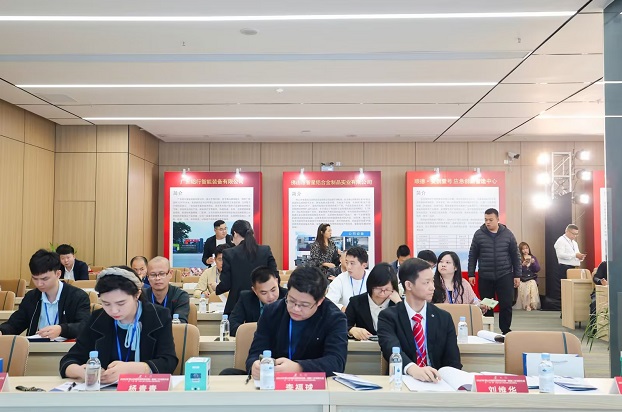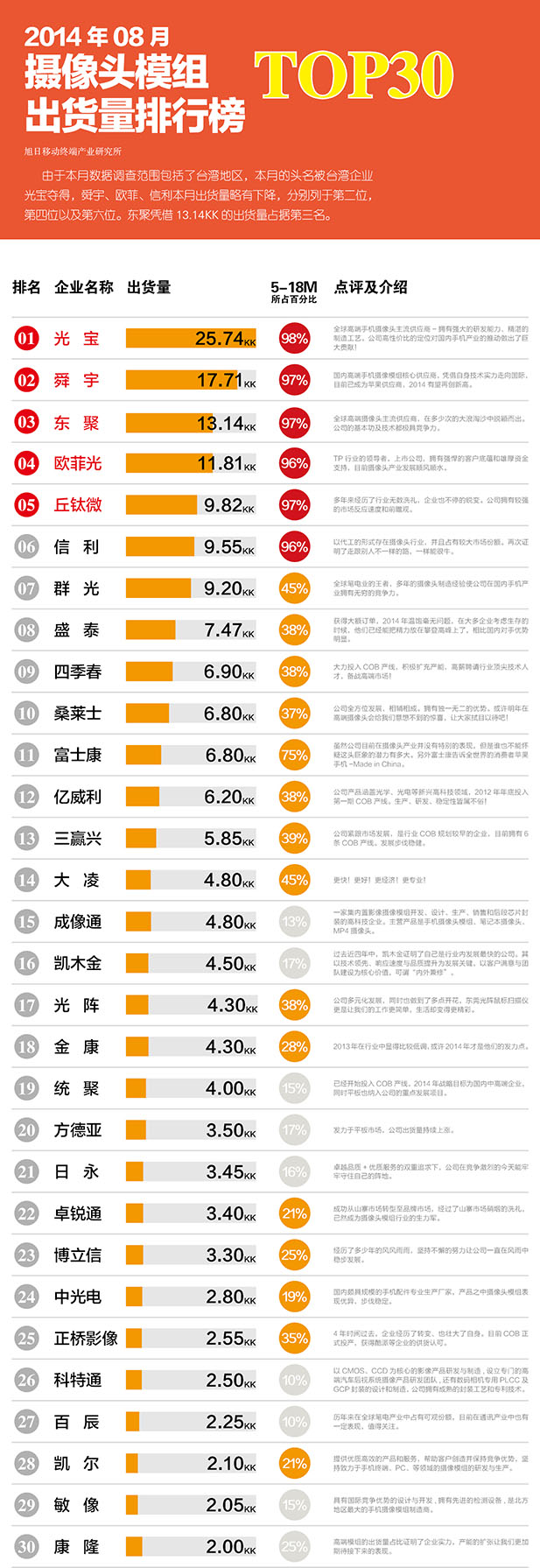From the Autobots in Transformers to the intelligent robots in Interstellar, the robot functions in the virtual world are amazing. In reality, in the two major fields of industry and service, the robotics industry is overturning the previous development model.
The era of robots has arrived. China, with a large global consumer market and manufacturing industry, is also facing a feast brought by the robotics industry, which has attracted the attention and expectations of the government, enterprises, capital, and consumers.
But behind the popularity of robots, the market needs to think coldly. How can Chinese enterprises break through the siege of international giants? How to avoid following the old path of the automotive and photovoltaic industries? How can capital leverage industrial breakthroughs?
With these questions in mind, reporters from the Daily Economic News have conducted multiple interviews recently, attempting to restore the true status and difficulties of China's robotics industry and explore ways for the industry to break through.
Among the disruptive technologies that will affect the future, advanced robots are ranked fifth by consulting firm McKinsey, and the trillion dollar market is also highly anticipated. The pearl on the crown of manufacturing naturally falls on the heads of robots. For this industrial feast, major economies around the world, including China, have even launched a new round of industrial competition.
The Chinese robot market is large in scale and growing rapidly. Under the cover of bright data, robot industry parks have emerged in various regions. In 2013, China sold a total of 37000 industrial robots, a year-on-year increase of 60%.
But many industry insiders who have been deeply involved for many years told the Daily Economic News that the era of robots only looks beautiful, and even for some companies, this "pie" may be a "trap". From market share to core technology, from industry competition to development strategy, the mechanism to core of China's robotics industry seems unclear.
The average annual growth rate of robot sales in China is 36%/
In the 2013 report "Disruptive Technologies Leading Global Economic Change" released by McKinsey Global Research Institute, advanced robots ranked fifth among disruptive technologies that will affect the future, following technologies such as mobile internet, Internet of Things, and cloud computing.
In December 2014, Li Ruifeng, Deputy Director of the Institute of Robotics at Harbin Institute of Technology, stated at a conference in Chengdu that by connecting humans, data, and machines, and combining the Internet and big data, more advanced equipment and more comprehensive services will be promoted. "Robots will become an excellent carrier to accomplish this mission.".
"In order to make the 2020 Tokyo Olympics surpass the Beijing Olympics, Japan has decided to add a robot sports unit as the highlight at the opening ceremony." An industry insider said that countries around the world are actively responding to the new technology industry revolution and competing for the voice of international industry competition. Developed countries have also deployed the robotics industry at the national level, including the United States're industry plan, Japan's new industry development strategy, South Korea's future robotics strategy, and Germany's Industry 4.0.
According to relevant statistics, from 2001 to 2013, the global robot growth rate was 7.2%, and the production and sales volume reached a historical high of 179000 units in 2013. It is expected to exceed 200000 units in 2014. A brokerage report optimistically predicts that the global industrial robotics industry will enter an unprecedented period of rapid development in the next 10 years.
The Chinese robot market has a large scale and fast growth rate. In 2013, China sold a total of 37000 industrial robots, a year-on-year increase of 60%. From 2008 to 2013, the average annual growth rate of robot sales in China reached 36%. Currently, for every 5 robots sold globally, one of them is installed in China.
The current number of robots per 10000 workers in China's manufacturing industry is 23-25, lower than the global average of 58. According to analysis, based on the experiences of Japan and South Korea, when a country's per capita GDP reaches around 6000 US dollars, the application of robots begins to grow rapidly, and China has reached this point.
With the release of Document No. 511 of the Ministry of Industry and Information Technology in 2013, "Guiding Opinions on Promoting the Development of Industrial Robots", various parts of the country have successively issued guiding opinions on the development of robots. From local governments to private capital, a wave of robot fever has been sparked, and 2014 has also become the first year of the development of Chinese robots.
Accompanied by it, robot industry parks are blooming everywhere. According to statistics from securities firms, there are over 30 robot related industrial parks (bases) built or planned nationwide. In terms of investment amount, the planned investment amount of the existing local robot industry park by 2020 exceeds 500 billion yuan.
"There may be two robot companies born every week in 2014," according to industry insiders. Meanwhile, there are now over 50 companies in the capital market with robot concepts. Li Ruifeng said, "Although many of them belong to mid to low-end enterprises, there may be a surge in the number of Chinese robotics companies."
Low end repetition hidden behind high popularity/
Qu Daokui, Deputy Director of the National Engineering Center for Robotics and President of Shenyang Xinsong Robotics Co., Ltd., believes that the robotics industry in 2014 was "hot among enterprises, government, and the general public.". However, Qu Daokui stated that how to avoid issues such as low-level quality duplication tests the wisdom of the government and enterprises.
Li Ruifeng also believes that a good industrial chain should be established through the integration of various industrial parks in different regions, rather than using repetitive low-end technologies to compete for markets and resources, which will make the entire market pattern more chaotic.
In China, robots are often referred to as robotic arms, while the next generation of robots is human-machine collaboration and industrial interconnection. In Qu Daokui's view, the current traditional definition of robots is programmable devices, while the new generation of robots is a completely autonomous system and a true intelligent robot, with new changes in application fields. Therefore, the future robot market will reach trillions of yuan, which is almost completely different from the commonly used robotic arms nowadays.
In fact, the current global industrial robot inventory is only 1.6 million units, with an international substitution rate of only 5.08% and a substitution rate of only 0.23% in China. Qu Daokui believes that robots are being used less and replaced less nowadays, due to limitations in industrial robot technology. In areas such as agile work, inconsistent environment manufacturing, and human-machine cooperation, traditional robots face significant limitations and challenges.
As far as China is concerned, Yang Huayong, academician of the CAE Member, believes that China's current robot industry is weak in innovation capability, key components are subject to others, product reliability is low, and high-end industry is lacking.
But in fact, there are many achievements in Chinese robot patents. However, some industry insiders have bluntly stated that patent achievements have more domestic specialties and fewer international patents, with little conversion value, and still lack real products.
The report released by the International Federation of Robotics (IFR) in 2014 stated that China's robotics industry lacks technological innovation, including innovative ideas and creative achievements; There are no backbone enterprises that can participate in international competition, and their scale is generally very small. The quality and reliability of key components lag behind the world's advanced level by 5 to 10 years.
"Although the robotics industry looks beautiful, upon closer inspection, it is worrying and even feels like walking on thin ice." Yang Yang, General Manager of Changsha Changtai Robotics Co., Ltd. of China National Light Industry Corporation and Vice Chairman of the International Robotics and Intelligent Equipment Industry Alliance, also stated that domestic enterprises can earn very little profit from robot products of the same quality; The scale of robot production enterprises is generally small, making it difficult to form economies of scale; The human resources, research and development, and marketing costs of enterprises remain high; Domestic robots lack brand awareness and production practice testing.
High risk during shuffling period/
In fact, issues with technology and products are directly reflected in the market. The demand for robots in our country has jumped to the top in the world, and it will even be a large market in the next two to three decades. But currently, the domestic robot enterprise market accounts for less than 20%, while the remaining 80% is occupied by foreign robot giants.
According to a research report by Changjiang Securities, in 2013, foreign brand multi joint robots sold 22616 units, accounting for 92% of China's multi joint installation volume. In 2013, a total of 36860 robots were sold in the Chinese market. From the perspective of the origin of robots, domestic enterprises accounted for 26% of the market, while foreign investment accounted for 74%.
In fact, after more than 40 years of continuous development, the international market has formed the "four major families" of the robotics industry, all of which have established their presence in China. In the Chinese market, there is fierce competition for robot prices and product reliability.
Li Ruifeng said that the current problem with the development of robots in China may be that the market is not developing as quickly as imagined. Everyone thinks that the development of robots in China is hot, but the difficulty of truly entering the market is still high. The robot application team is not enough, and the maturity of technology is not enough.
Industrial robot products have standard high-end manufacturing attributes, heavy assets, and long investment cycles. Industry insiders have revealed that the current situation of domestic robotics companies is that the parts industry is losing money, and independent brand robots can only make profits if they sell more than 500 units annually, while system integrators have meager profits.
Disclaimer:The authenticity of this information has not been verified by our website and is for your reference only. The purpose is to convey more information; If there is any error, error, or infringement, please contact us via email( chinavta@szxwds.com )We would greatly appreciate it if you could promptly notify us of the error, error, or infringement, and we will promptly make corrections or deletions.



